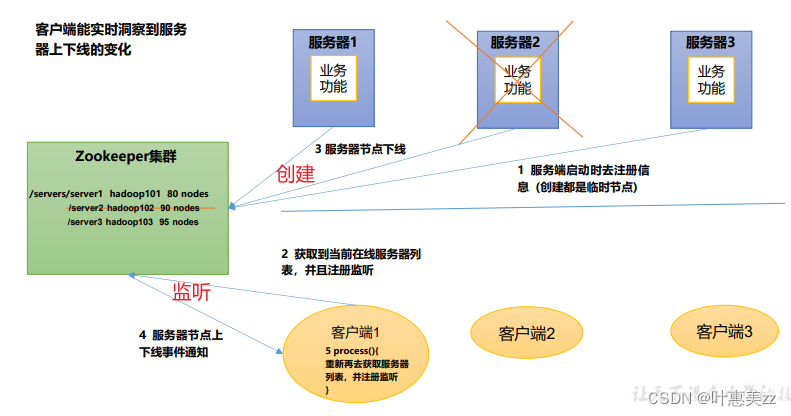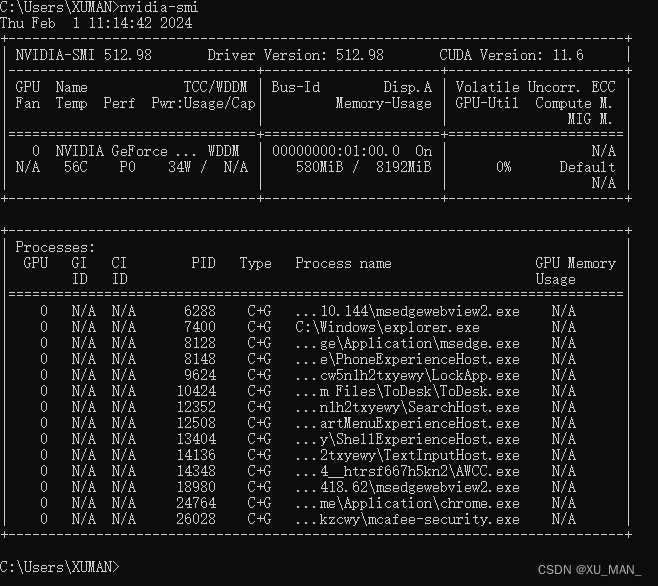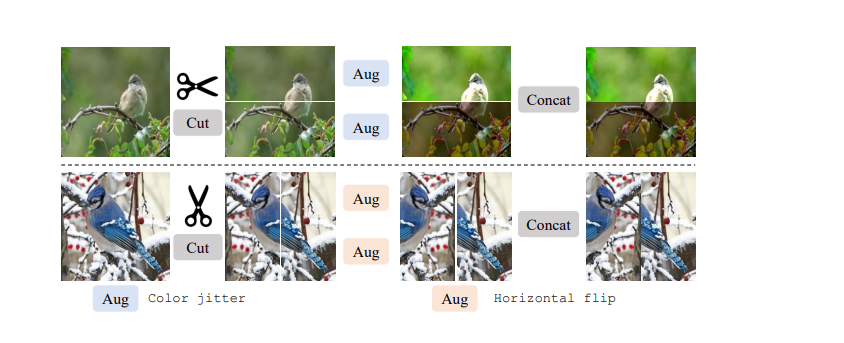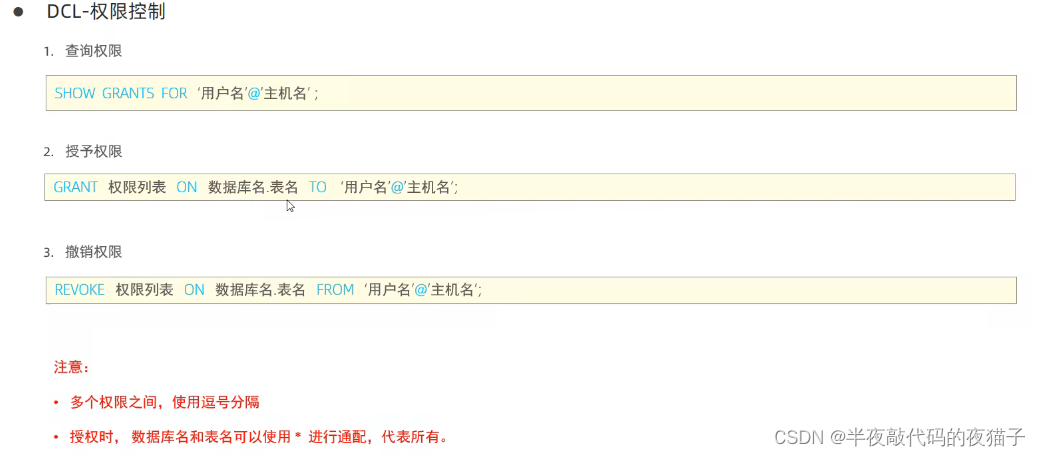案例一:服务器动态上下线监听
某分布式系统中,主节点可以有多台,可以动态上下线,任意一台客户端都能实时感知 到主节点服务器的上下线。

1.服务端代码
package com.atguigu.case1;
import org.apache.zookeeper.*;
import java.io.IOException;
import java.nio.charset.StandardCharsets;
public class DistributeServer {
String connectString = "hadoop100:2181,hadoop101:2181,hadoop102:2181";
int sessionTimeout = 20000;
private ZooKeeper zooKeeper;
public static void main(String[] args) throws IOException, InterruptedException, KeeperException {
DistributeServer server = new DistributeServer();
server.getConnect();
server.regist(args[0]);
server.business();
}
private void business() throws InterruptedException {
Thread.sleep(Long.MAX_VALUE);
}
private void regist(String hostname) throws InterruptedException, KeeperException {
String s = zooKeeper.create("/servers/", hostname.getBytes(StandardCharsets.UTF_8), ZooDefs.Ids.OPEN_ACL_UNSAFE, CreateMode.EPHEMERAL_SEQUENTIAL);
System.out.println(hostname + "isonline");
}
private void getConnect() throws IOException {
zooKeeper = new ZooKeeper(connectString, sessionTimeout, new Watcher() {
@Override
public void process(WatchedEvent watchedEvent) {
}
});
}
}
2.客户端代码
package com.atguigu.case1;
import org.apache.zookeeper.*;
import java.io.IOException;
import java.nio.charset.StandardCharsets;
import java.util.ArrayList;
import java.util.List;
public class DistributeClient {
String connectString = "hadoop100:2181,hadoop101:2181,hadoop102:2181";
int sessionTimeout = 20000000;
private ZooKeeper zooKeeper;
public static void main(String[] args) throws IOException, InterruptedException, KeeperException {
DistributeClient client = new DistributeClient();
client.getConnect();
client.getServerList();
client.business();
}
private void getServerList() throws InterruptedException, KeeperException {
List<String> children = zooKeeper.getChildren("/servers", true);
ArrayList<String> servers = new ArrayList<>();
for (int i = 0; i < children.size(); i++) {
byte[] data = zooKeeper.getData("/servers/" + children.get(i), false, null);
servers.add(new String(data));
}
System.out.println(servers);
}
private void business() throws InterruptedException {
Thread.sleep(Long.MAX_VALUE);
}
private void regist(String hostname) throws InterruptedException, KeeperException {
String s = zooKeeper.create("/servers/"+hostname, hostname.getBytes(StandardCharsets.UTF_8), ZooDefs.Ids.OPEN_ACL_UNSAFE, CreateMode.EPHEMERAL_SEQUENTIAL);
System.out.println(hostname + "isonline");
}
private void getConnect() throws IOException {
zooKeeper = new ZooKeeper(connectString, sessionTimeout, new Watcher() {
@Override
public void process(WatchedEvent watchedEvent) {
try {
getServerList();
} catch (InterruptedException e) {
e.printStackTrace();
} catch (KeeperException e) {
e.printStackTrace();
}
}
});
}
}
案例二:分布式锁案例原生方法

package com.atguigu.case2;
import org.apache.zookeeper.*;
import org.apache.zookeeper.data.Stat;
import java.io.IOException;
import java.util.Collections;
import java.util.List;
import java.util.concurrent.CountDownLatch;
public class DistributedLock {
String connectString = "hadoop100:2181,hadoop101:2181,hadoop102:2181";
int sessionTimeout = 2000;
private final ZooKeeper zooKeeper;
private CountDownLatch connectLatch = new CountDownLatch(1);
private CountDownLatch waitLatch = new CountDownLatch(1);
private String waitPath;
private String currentMode;
public DistributedLock() throws IOException, InterruptedException, KeeperException {
//获取连接
zooKeeper = new ZooKeeper(connectString, sessionTimeout, new Watcher() {
@Override
public void process(WatchedEvent watchedEvent) {
//监听到前一个节点已经下线
//connectLatch 如果连上需要释放
if(watchedEvent.getState() == Event.KeeperState.SyncConnected) {
connectLatch.countDown();
}
//waitLatch 需要释放
if(watchedEvent.getType() == Event.EventType.NodeDeleted&&watchedEvent.getPath().equals(waitPath)){
waitLatch.countDown();
}
}
});
//等待zk正常连接后,才往下走
connectLatch.await();
//判断根节点/locks是否存在
Stat stat = zooKeeper.exists("/locks", false);
if(stat == null) {
//创建根节点
zooKeeper.create("/locks","locks".getBytes(), ZooDefs.Ids.OPEN_ACL_UNSAFE,CreateMode.PERSISTENT);
}
}
//加锁
public void zklock(){
//创建对应的临时的带序号的节点
try {
currentMode = zooKeeper.create("/locks/" + "seq-", null, ZooDefs.Ids.OPEN_ACL_UNSAFE, CreateMode.EPHEMERAL_SEQUENTIAL);
//判断创建的节点是否是最小的节点,如果是获取到锁;不是,监听前一个序号最小的节点
List<String> children = zooKeeper.getChildren("/locks", false);
//如果children只有一个值,那就直接获取锁;如果有多个节点,需要判断谁最小
if(children.size() == 1) {
return;
} else {
//排序
Collections.sort(children);
//获取当前节点名称
String thisNode = currentMode.substring("/locks/".length());
//通过thisNode获取在children集合中的位置
int index = children.indexOf(thisNode);
if(index == -1) {
System.out.println("数据异常");
}else if(index == 0) {
//就一个节点数据,就可以获取锁了
return;
}else {
//需要监听 前一个节点变化
waitPath = "/locks/"+children.get(index-1);
zooKeeper.getData(waitPath,true,null);
//等待监听
waitLatch.await();
//接收到之后
return;
}
}
} catch (KeeperException e) {
e.printStackTrace();
} catch (InterruptedException e) {
e.printStackTrace();
}
}
public void unZklock(){
//删除节点
try {
zooKeeper.delete(currentMode,-1);
} catch (InterruptedException e) {
e.printStackTrace();
} catch (KeeperException e) {
e.printStackTrace();
}
}
}
测试
package com.atguigu.case2;
import org.apache.zookeeper.KeeperException;
import java.io.IOException;
public class DistributedLockTest {
public static void main(String[] args) throws IOException, InterruptedException, KeeperException {
DistributedLock lock1 = new DistributedLock();
DistributedLock lock2 = new DistributedLock();
new Thread(new Runnable(){
@Override
public void run() {
try {
lock1.zklock();;
System.out.println("线程1启动获取到锁");
Thread.sleep(5000);
lock1.unZklock();
System.out.println("线程1释放锁");
} catch (InterruptedException e) {
e.printStackTrace();
}
}
}).start();
new Thread(new Runnable(){
@Override
public void run() {
try {
lock2.zklock();
System.out.println("线程2启动获取到锁");
Thread.sleep(5000);
lock2.unZklock();
System.out.println("线程2释放锁");
} catch (InterruptedException e) {
e.printStackTrace();
}
}
}).start();
}
}
案例三:分布式锁案例框架方法
引入包
<dependency>
<groupId>org.apache.curator</groupId>
<artifactId>curator-framework</artifactId>
<version>4.3.0</version>
</dependency>
<dependency>
<groupId>org.apache.curator</groupId>
<artifactId>curator-recipes</artifactId>
<version>4.3.0</version>
</dependency>
<dependency>
<groupId>org.apache.curator</groupId>
<artifactId>curator-client</artifactId>
<version>4.3.0</version>
</dependency>package com.atguigu.case3;
import org.apache.curator.framework.CuratorFramework;
import org.apache.curator.framework.CuratorFrameworkFactory;
import org.apache.curator.framework.recipes.locks.InterProcessMutex;
import org.apache.curator.retry.ExponentialBackoffRetry;
public class CuratorLockTest {
public static void main(String[] args) {
//创建分布式锁1
InterProcessMutex lock1 = new InterProcessMutex(getCuratorFramework(), "/locks");
//创建分布式锁2
InterProcessMutex lock2 = new InterProcessMutex(getCuratorFramework(), "/locks");
new Thread(new Runnable(){
@Override
public void run() {
try {
lock1.acquire();
System.out.println("线程1获取到锁");
lock1.acquire();
System.out.println("线程1再次获取到锁");
lock1.release();
System.out.println("线程1释放锁");
lock1.release();
System.out.println("线程1再次释放锁");
} catch (Exception e) {
e.printStackTrace();
}
}
}).start();
new Thread(new Runnable(){
@Override
public void run() {
try {
lock2.acquire();
System.out.println("线程2获取到锁");
lock2.acquire();
System.out.println("线程2再次获取到锁");
lock2.release();
System.out.println("线程2释放锁");
lock2.release();
System.out.println("线程2再次释放锁");
} catch (Exception e) {
e.printStackTrace();
}
}
}).start();
}
private static CuratorFramework getCuratorFramework() {
ExponentialBackoffRetry policy = new ExponentialBackoffRetry(3000, 3);
CuratorFramework client = CuratorFrameworkFactory.builder().connectString("hadoop100:2181,hadoop101:2181,hadoop102:2181")
.connectionTimeoutMs(2000)
.sessionTimeoutMs(2000)
.retryPolicy(policy).build();
client.start();
System.out.println("zookeeper启动成功");
return client;
}
}



















